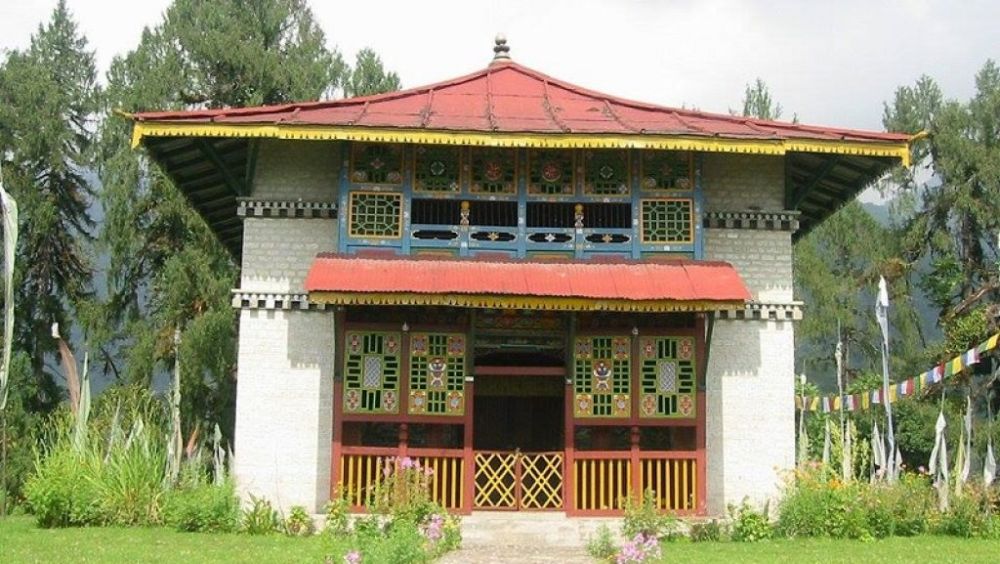

Established in the year 1701, Dubdi Monastery stands as a significant emblem of the religious and cultural heritage of Sikkim. It is fondly known as the 'Hermit's Cell' after its literal translation from Tibetan, which is fitting given its tranquil location atop a hill. The monastery is associated with the history of the establishment of the first Chogyal (monarch) of Sikkim.
Dubdi Monastery is considered one of the oldest monasteries in Sikkim, built by Lhatsun Chenpo, one of the three revered lamas who consecrated the first Chogyal. It is an essential pilgrimage site for followers of Buddhism and signifies the beginning of the Nyingma sect in the region. Over the centuries, this serene site has drawn both local devotees and international tourists seeking solace and spirituality amidst its ancient walls.
Tourism in Yuksom and around the Dubdi Monastery has gradually developed over the years. Initially, the site was frequented by Buddhist pilgrims and those interested in the spirituality and history of Sikkim. As the state opened up for tourism, Dubdi Monastery became an integral stop for trekkers heading towards the more rugged terrains of the Himalayas, such as the Dzongri and Goechala trek routes.
The government of Sikkim started promoting trekking and eco-tourism in the region in the 1970s and 80s. This move introduced a larger number of tourists to the serene environment of Yuksom and the historic significance of Dubdi Monastery. Over time, infrastructure improvements have made this heritage site more accessible, contributing to the symmetry between tourism growth and cultural preservation.
In recent years, a shift has been observed in the patterns of tourism at Dubdi Monastery and Sikkim in general. Visitors are increasingly seeking authentic experiences that offer a blend of historical insight, cultural immersion, and natural beauty.
Responsible tourism has become a significant trend, with more tourists looking for ways to minimize their environmental impact while maximizing the socio-economic benefits for the local communities. This ethical approach is in line with Sikkim's own branding as a 'clean and green' destination.
Homestays and community-based tourism are also gaining popularity, allowing travelers to stay with local families near Yuksom and experience traditional Sikkimese hospitality. These initiatives promote socio-economic development in the area and provide tourists with a more intimate glimpse into the lifestyle and culture surrounding Dubdi Monastery.
Moreover, wellness tourism is becoming increasingly popular, and places like Dubdi Monastery have gained attention as serene locations where tourists can practice yoga and meditation, surrounded by the spirituality and natural splendor of Sikkim.
As tourism continues to evolve in Yuksom, the Dubdi Monastery remains at the heart of this transition, inviting visitors from all over the world to experience its timeless beauty and peaceful charm. The monastery, with its historical and cultural significance, is meticulously preserved to maintain its original essence while accommodating modern tourism trends.